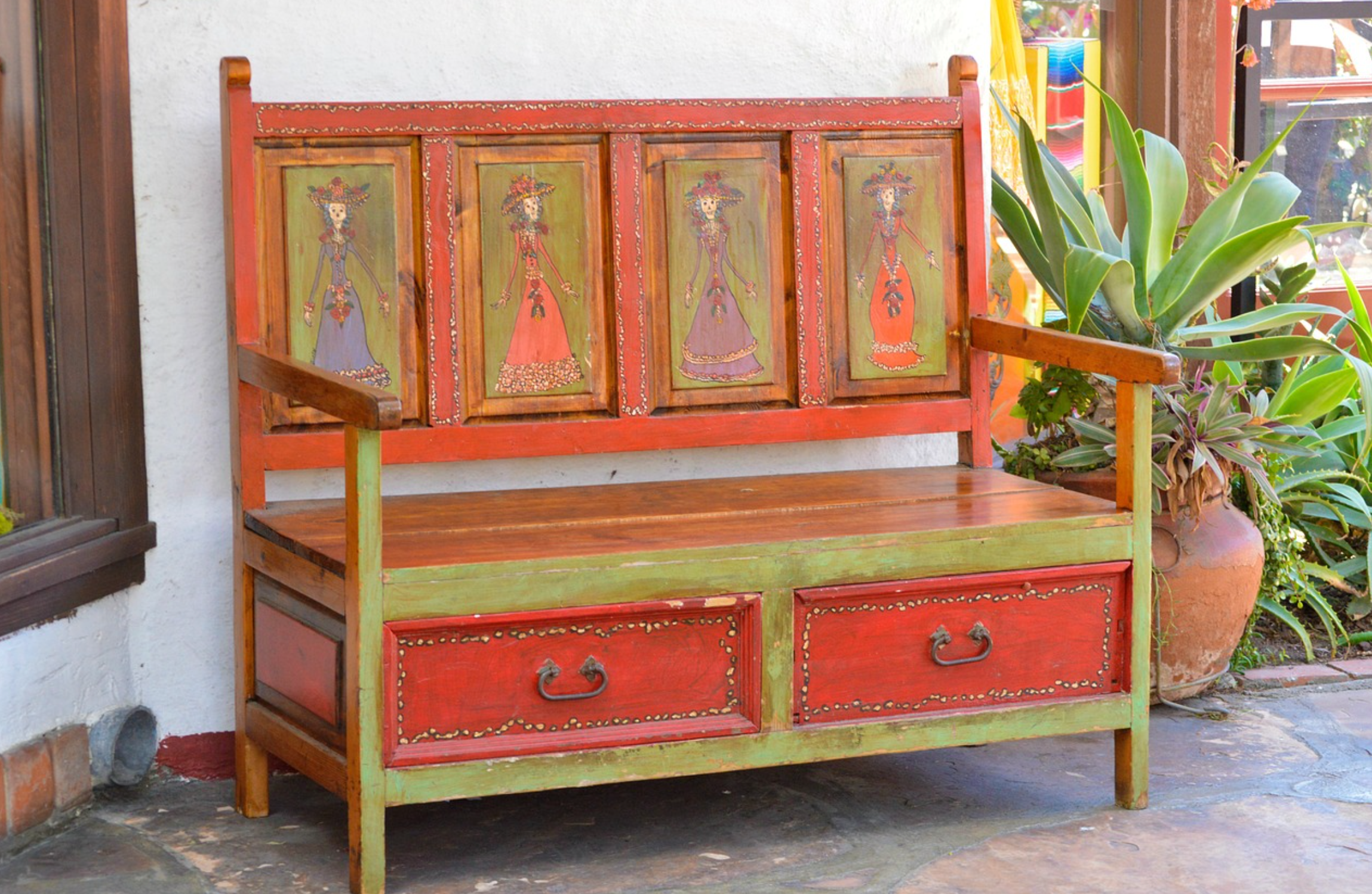How Different Cultures Influence Furniture Design
Posted on 25 Jan, 2024

The design of Furniture has always been a reflection of the cultural values and aesthetics of a particular society. We thought we'd explore the impact on furniture design, highlighting the historical perspective, examples from different regions, popular fusion styles, material choices, the role of technology, challenges, and the importance of embracing diversity in design for a global audience.
Historical perspective
From ancient civilisations to modern times, culture has shaped the way furniture is designed and crafted. In Ancient Egypt, for example, items were intricately decorated with hieroglyphs and symbols representing their religious beliefs. The Chinese Ming Dynasty introduced intricate carvings and lacquer finishes, while the Renaissance period in Europe brought about ornate details and luxurious materials.
Examples from different regions
In Asia, the Japanese concept of minimalism has greatly influenced modern design, characterised by clean lines, simplicity, and functionality. Scandinavian design, originating from Nordic countries, embraces natural materials, light colours, and functionality, reflecting the region's connection with nature and simplicity.
In Africa, vibrant colours, intricate patterns, and traditional craftsmanship techniques are used. The use of natural materials like wood, rattan, and leather. The fusion of cultures is evident in furniture designs that combine traditional African elements with contemporary styles, creating unique and eclectic pieces.
Popular fusion styles
Cultural fusion has given rise to several popular styles that blend elements from different cultures. One such style is Bohemian or boho-chic, which draws inspiration from around the world. It combines elements like Moroccan patterns, Indian textiles and Mexican colours to create an eclectic and vibrant look.
Another popular fusion of style is the industrial vintage, which originated from the merging of industrial aesthetics with vintage elements. This style often incorporates rustic materials like reclaimed wood, exposed brick and metal accents, creating a unique blend of old and new.
How culture influences and affects material choices
Culture plays a significant role in the choice of materials used. In Scandinavian design, the emphasis is on natural materials like wood, leather, and wool, as these materials are readily available in the region and reflect the connection with nature. In contrast, Asian-inspired designs often incorporate materials like bamboo, silk, and lacquer, which are commonly used in traditional Asian craftsmanship.
Material choices also vary based on the cultural significance attached to certain materials. In Africa, ebony, teak, and mahogany are highly valued for their durability and symbolism. The choice of wood not only affects the aesthetic appeal but also reflects the cultural values and traditions of a particular society.
The role of technology in bridging cultural gaps
With advancements in transportation and communication, designers have access to a vast array of products from around the world. Through digital platforms and online communities, designers can collaborate and draw inspiration from different cultures, resulting in a more diverse and global design aesthetic.
Technology has also enabled the incorporation of traditional craftsmanship techniques from different cultures. For example, through 3D printing and CNC machining, intricate carvings and patterns inspired by traditional Asian, African, or Middle Eastern designs can be replicated with precision and efficiency. This allows for the fusion of cultural elements in a way that was not possible before.
Challenges and opportunities
Incorporating different cultural influences offers great opportunities for creativity and innovation, however, designers need to strike a balance between authenticity and contemporary aesthetics. Designers must be careful not to appropriate or misrepresent cultural elements, but rather to respectfully incorporate them into their work.
Another challenge is ensuring that pieces are not reduced to mere trends or superficial aesthetics. It is important to understand the deeper meanings and symbolism behind cultural elements and to incorporate them in a meaningful way that respects their cultural significance.
Incorporating differences into design also presents great opportunities. It allows designers to create unique and culturally rich designs that resonate with a global audience.
Embracing diversity to a global audience
We hope you've found this article interesting and please do let us know if you need assistance with your job search by sending in your CV to recruit@careersindesign.com or give us a call on 01920 486125.
Back to blogPosted in: Furniture Design
